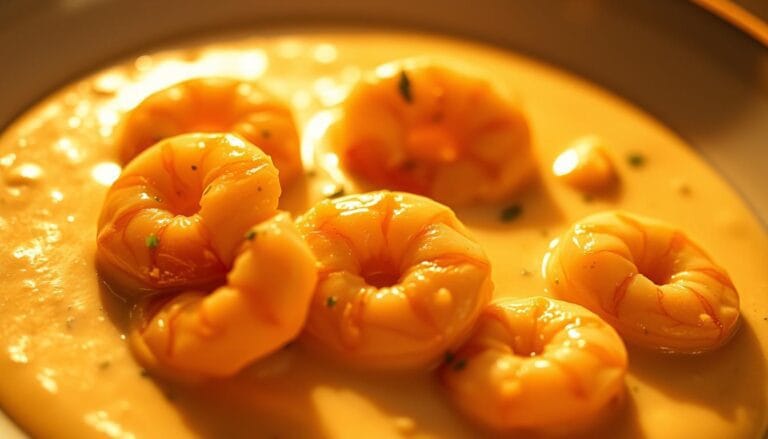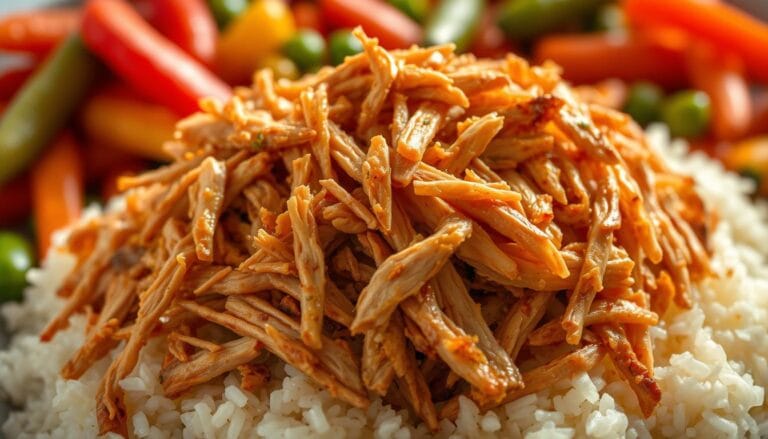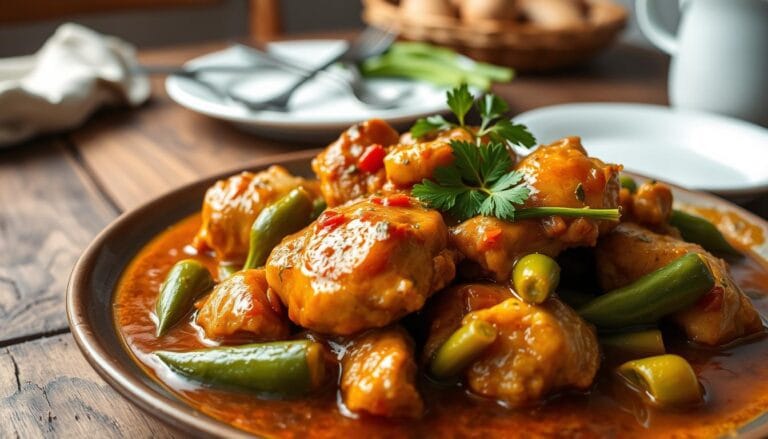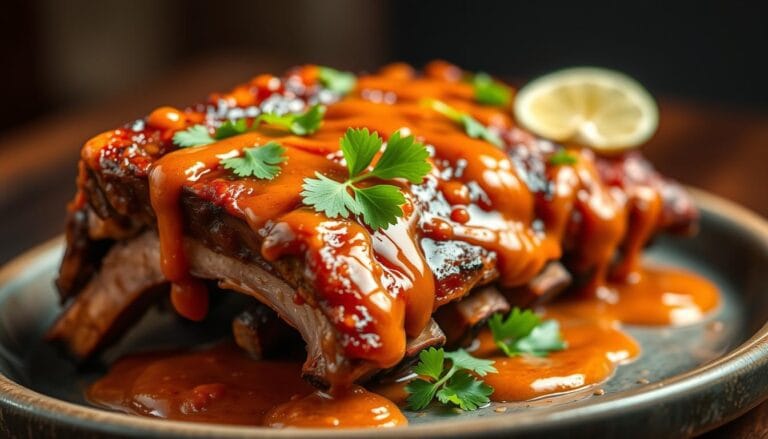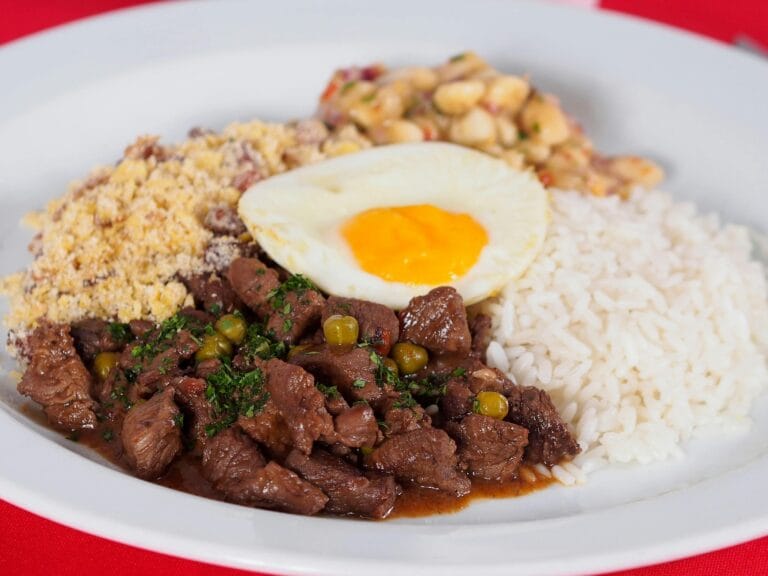“From Feijoada To Brigadeiro: A Journey Through Brazil’s Culinary Heritage”
Mandioca com carne de panela é um prato tradicional brasileiro que aquece o coração e agrada toda a família. Simples, saborosa e cheia de história.
Brazil, a land of vibrant culture and diverse landscapes, also boasts a rich and varied culinary heritage that reflects its history and the multitude of ethnic influences that have shaped its identity. From the hearty black bean stew known as feijoada to the sweet and creamy brigadeiro, Brazilian cuisine is a delightful tapestry of flavors, textures, and traditions that tell the story of its people.
The Roots of Brazilian Cuisine
Brazilian culinary traditions are fundamentally rooted in the interaction among Indigenous peoples, African slaves, and European colonizers. This fusion of cultures has given rise to a unique gastronomic landscape that is as diverse as the country’s geography. Regional ingredients, cooking methods, and customs differ significantly across Brazil’s vast territory, reflecting local ecosystems and cultural influences.
Feijoada: The National Dish
No exploration of Brazilian cuisine would be complete without feijoada, widely considered the national dish. This hearty stew, brimming with black beans, assorted cuts of pork, and beef, has its origins in the Portuguese “favas” (broad beans). However, over time, it evolved into a uniquely Brazilian dish, particularly popular in Rio de Janeiro.
Feijoada is traditionally served with rice, collard greens, sliced oranges, and farofa (toasted cassava flour), creating a flavor profile that harmonizes the earthy richness of the stew with the freshness of the greens and the acidity of the oranges. It is not just a meal but a cultural event, often enjoyed during gatherings with family and friends, showcasing the communal spirit characteristic of Brazilian dining.
The Influence of Africa
The African influence on Brazilian cuisine is profound and can be seen in various dishes, especially in the northeastern states where African traditions are most pronounced. The use of ingredients like okra, palm oil, and cassava is a testament to this heritage. Dishes like acarajé, a black-eyed pea fritter filled with spicy shrimp, reflect the rich traditions brought over by enslaved Africans who adapted their cooking styles and flavors using local ingredients.
The Sweet Side: Brigadeiro
While savory dishes like feijoada lead the way in Brazil’s culinary scene, sweet treats also hold a special place in the hearts of Brazilians. Brigadeiro, a delightful chocolate truffle made from condensed milk, cocoa powder, butter, and covered in chocolate sprinkles, is perhaps the most iconic of these confections.
Invented in the 1940s, brigadeiro is a staple at Brazilian birthday parties and celebratory events, symbolizing joy and togetherness. Its creamy texture and sweet flavor offer a perfect balance to the more robust flavors found in savory dishes. Making brigadeiro is a simple yet enjoyable process, and it often becomes a family affair, passed down through generations as festivities and traditions unfold.
Regional Variations
Brazilian cuisine varies greatly across its regions, influenced by local ingredients and historical factors.
North Brazil: Here, the Amazonian biodiversity provides ingredients like fish, fruits, and nuts. Dishes like tacacá, a soup made from manioc, shrimp, and jambu (an Amazonian herb) showcase the unique flavors of this region.
Northeast Brazil: Known for its spicy fare, dishes such as moqueca (a rich fish stew made with coconut milk and dendê oil) highlight the interplay of African and Indigenous flavors.
Southeast Brazil: Along with feijoada, this region is famous for its pastries and street food, including pão de queijo (cheese bread) and coxinha (fried chicken croquettes), demonstrating the blend of European influences and local ingredients.
- South Brazil: The influence of European immigrants, particularly from Italy and Germany, is evident in the food culture here, where barbecue (churrasco) is a cherished tradition.
Conclusion
Brazil’s culinary heritage is a vibrant reflection of its diverse cultural landscape. From the communal enjoyment of feijoada to the sweet indulgence of brigadeiro, each dish tells a story of history, tradition, and the blending of cultures. As Brazil continues to evolve, so too does its cuisine, inviting culinary enthusiasts to explore the flavors and experiences that make this South American nation a gastronomic paradise. Whether you are savoring the rich, hearty flavors of the national dish or
From Feijoada to Brigadeiro:
, the essence of Brazil’s culinary journey is an invitation to celebrate and enjoy life together.
Saiba mais sobre a mandioca na WikipédiaVeja também: como preparar arroz branco soltinho


